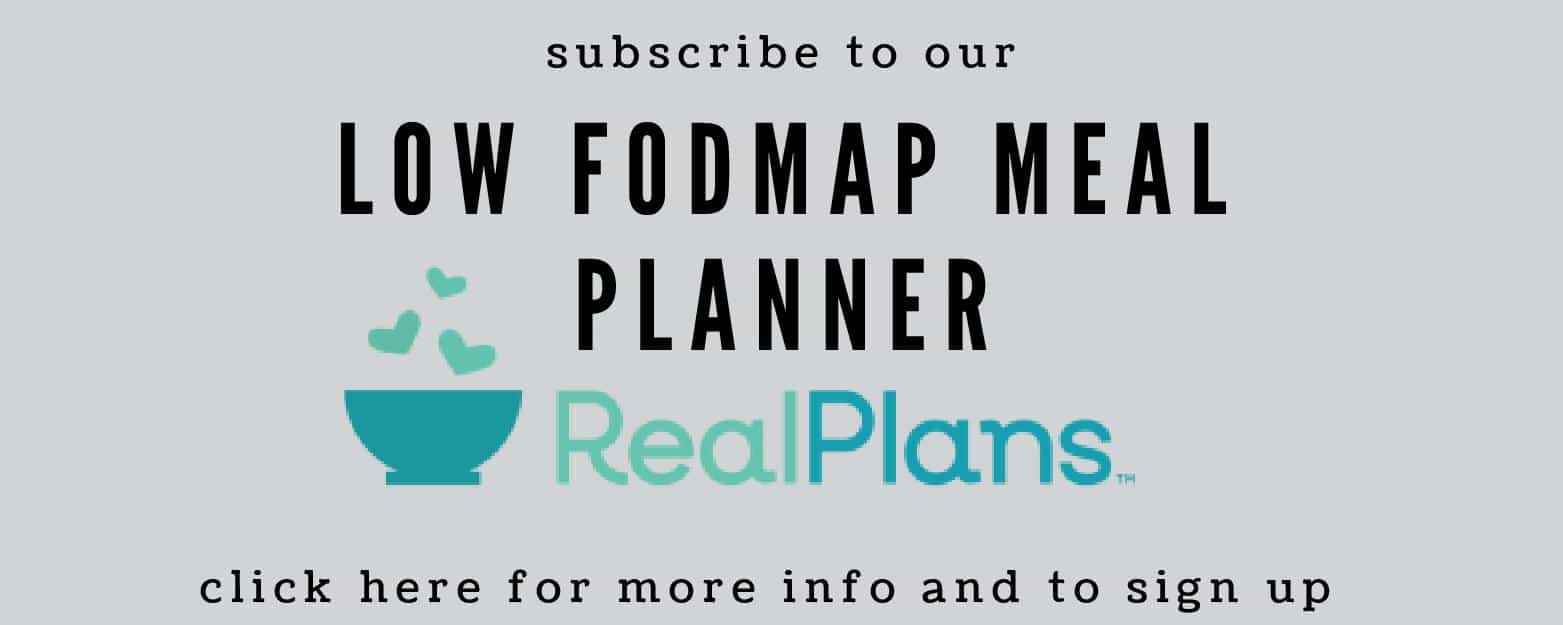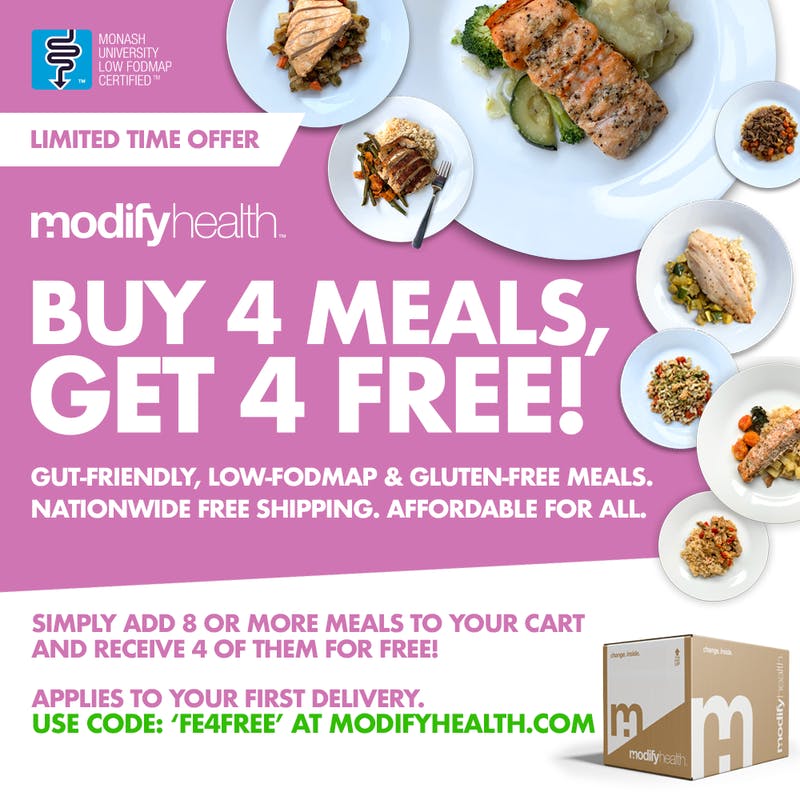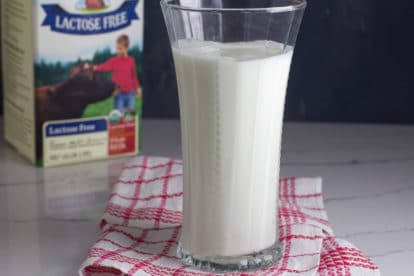Research from Harvard’s T.H. Chan School of Public Health found that people who maintained healthier eating patterns in midlife were more likely to achieve “healthy aging” by 70, meaning they avoided major chronic diseases while maintaining good physical, mental, and cognitive function. The key? Knowing which foods to leave behind.
Here are 12 foods that nutritionists say you should seriously consider cutting from your diet after 40.
Added sugars and sugary drinks

The sweet stuff becomes your enemy after 40. The World Health Organization recommends keeping added sugars to less than 10% of your daily calories—that’s about 50 grams for a 2,000-calorie diet. However, here’s the kicker: a 12-ounce soda contains approximately 39 grams of sugar, nearly reaching your daily limit in one drink.
After the age of 40, your body becomes less efficient at processing sugar. Insulin sensitivity decreases, making you more prone to weight gain around your midsection and increasing your risk of type 2 diabetes. The sugar also accelerates aging through a process called glycation, where sugar molecules bond with proteins in your skin, creating advanced glycation end products (AGEs) that contribute to wrinkles and age spots.
Canned and processed foods

Convenience comes at a cost. Canned soups, frozen dinners, and other processed foods are loaded with sodium, often containing up to 1,000 mg per serving. The American Heart Association recommends limiting sodium to 1,500 mg per day; therefore, one serving could put you over halfway to your daily limit.
After the age of 40, your kidneys become less efficient at filtering excess sodium, making you more susceptible to high blood pressure and water retention. The preservatives and additives in these foods also offer little nutritional value and may potentially contribute to inflammation.
Processed and red meats

Those deli sandwiches and bacon breakfasts need to go. Processed meats like hot dogs, bacon, and cold cuts contain nitrites and nitrates—preservatives that have been linked to increased cancer risk. WHO reports that eating just 50 grams of processed meat daily (about two slices of bacon) increased colorectal cancer risk by 18%.
Red meat, although not as problematic as processed varieties, is high in saturated fats that can contribute to the development of heart disease. After the age of 40, when your risk of cardiovascular issues naturally increases, limiting these foods becomes essential for maintaining long-term health.
Margarine and trans fats

Even small amounts of trans fats, as little as 2 grams per day, can significantly impact your cholesterol levels and heart health. Many margarines contain partially hydrogenated oils, which are sources of trans fats that raise LDL (bad) cholesterol while lowering HDL (good) cholesterol.
The FDA has largely banned artificial trans fats, but they can still lurk in some processed foods. Always check labels and avoid anything containing “partially hydrogenated oils.”
High-sodium foods

The American Heart Association recommends no more than 2,300 mg a day, but many Americans consume nearly double that amount. After 40, excess sodium becomes particularly problematic as it can cause high blood pressure, kidney problems, and bone loss.
Processed foods, restaurant meals, and even seemingly healthy options like canned soups and frozen dinners can be sodium landmines. Learning to read nutrition labels becomes essential for managing your intake.
Excess alcohol (heavy or daily drinking)

While moderate alcohol consumption, defined as no more than one drink per day for women and two for men, may have some health benefits, excessive drinking becomes increasingly problematic after 40. Your liver becomes less efficient at metabolizing alcohol, and your sleep quality suffers more dramatically from alcohol consumption.
Poor sleep after 40 can disrupt hormone production, slow metabolism, and increase cravings for unhealthy foods, creating a cycle that’s hard to break.
Fried foods

That crispy fried chicken might taste amazing, but it’s doing your body no favors. Fried foods are calorie-dense and often cooked in unhealthy oils at high temperatures, creating harmful compounds called advanced glycation end products (AGEs) and acrylamide.
These compounds contribute to inflammation and oxidative stress, speeding up the aging process and elevating your risk of chronic diseases. Your slower metabolism after 40 makes it even harder to burn off those excess calories from fried foods.
Highly processed protein products

Those protein bars and shakes might seem like healthy choices, but many are highly processed and contain artificial ingredients, sweeteners, and unhealthy fats. Certain protein powders have been found to contain heavy metals, such as lead and mercury.
Focus on getting your protein from whole food sources like lean meats, fish, eggs, legumes, and nuts, which provide additional nutrients and fiber that processed products lack.
Commercial salad dressings

Don’t let that healthy salad fool you—the dressing might be sabotaging your efforts. Commercial salad dressings are often loaded with added sugars, unhealthy fats, and sodium. Some contain high-fructose corn syrup and artificial colors and flavors.
Healthline reports that two tablespoons of regular ranch dressing contain approximately 129 calories and 13 grams of fat, potentially turning your nutritious salad into a calorie-rich treat.
Vegetable oils high in omega-6

Not all oils are created equal. Common refined oils, such as soybean, corn, and palm oil, undergo extensive processing involving bleaching and refining, which can create inflammatory compounds. These oils are also extremely high in omega-6 fatty acids, which can promote inflammation when consumed in excess.
After 40, chronic inflammation becomes a significant concern, contributing to everything from heart disease to cognitive decline. Switch to cold-pressed oils, such as extra-virgin olive oil or avocado oil, or use small amounts of grass-fed butter.
Diet sodas & excessive artificial sweeteners

Do you think you’re being smart by choosing diet sodas? Think again. Research suggests that artificial sweeteners, such as aspartame, sucralose, and even stevia, may actually promote weight gain and increase cravings for sweet foods. A National Institutes of Health study found that people who regularly consumed artificial sweeteners had a 30% higher risk of metabolic disorders.
The problem is that artificial sweeteners can disrupt your gut microbiome and may interfere with your body’s ability to regulate blood sugar, potentially making you more susceptible to diabetes and other metabolic conditions.
Refined carbohydrates

White bread, white rice, and sugary cereals cause rapid spikes in blood sugar levels, leading to energy crashes and increased hunger. After 40, your body becomes less tolerant of these blood sugar fluctuations, making you more prone to insulin resistance and type 2 diabetes.
These refined carbs also lack the fiber found in whole grains, which is essential for maintaining digestive health, feeling full, and sustaining stable energy levels throughout the day.
Disclaimer – This list is solely the author’s opinion based on research and publicly available information. It is not intended to be professional advice.
16 Best Jobs for Pregnant Women

16 Best Jobs for Pregnant Women
Pregnancy is a transformative and joyous period in a woman’s life, but it comes with unique challenges and demands. One of the most crucial aspects during this time is ensuring a healthy work-life balance.
Finding the right job during pregnancy is not just about earning an income; it’s about maintaining your health, well-being, and peace of mind.
16 Grocery Staples to Stock Up On Before Prices Spike Again

16 Grocery Staples to Stock Up On Before Prices Spike Again
I was in the grocery store the other day, and it hit me—I’m buying the exact same things I always do, but my bill just keeps getting higher. Like, I swear I just blinked, and suddenly, eggs are a luxury item. What’s going on?
Inflation, supply-chain delays, and erratic weather conditions have modestly (or, let’s face it, dramatically) pushed the prices of staples ever higher. The USDA reports that food prices climbed an additional 2.9% year over year in May 2025—and that’s after the inflation storm of 2022–2023.
So, if you’ve got room in a pantry, freezer, or even a couple of extra shelves, now might be a good moment to stock up on these staple groceries—before the prices rise later.





